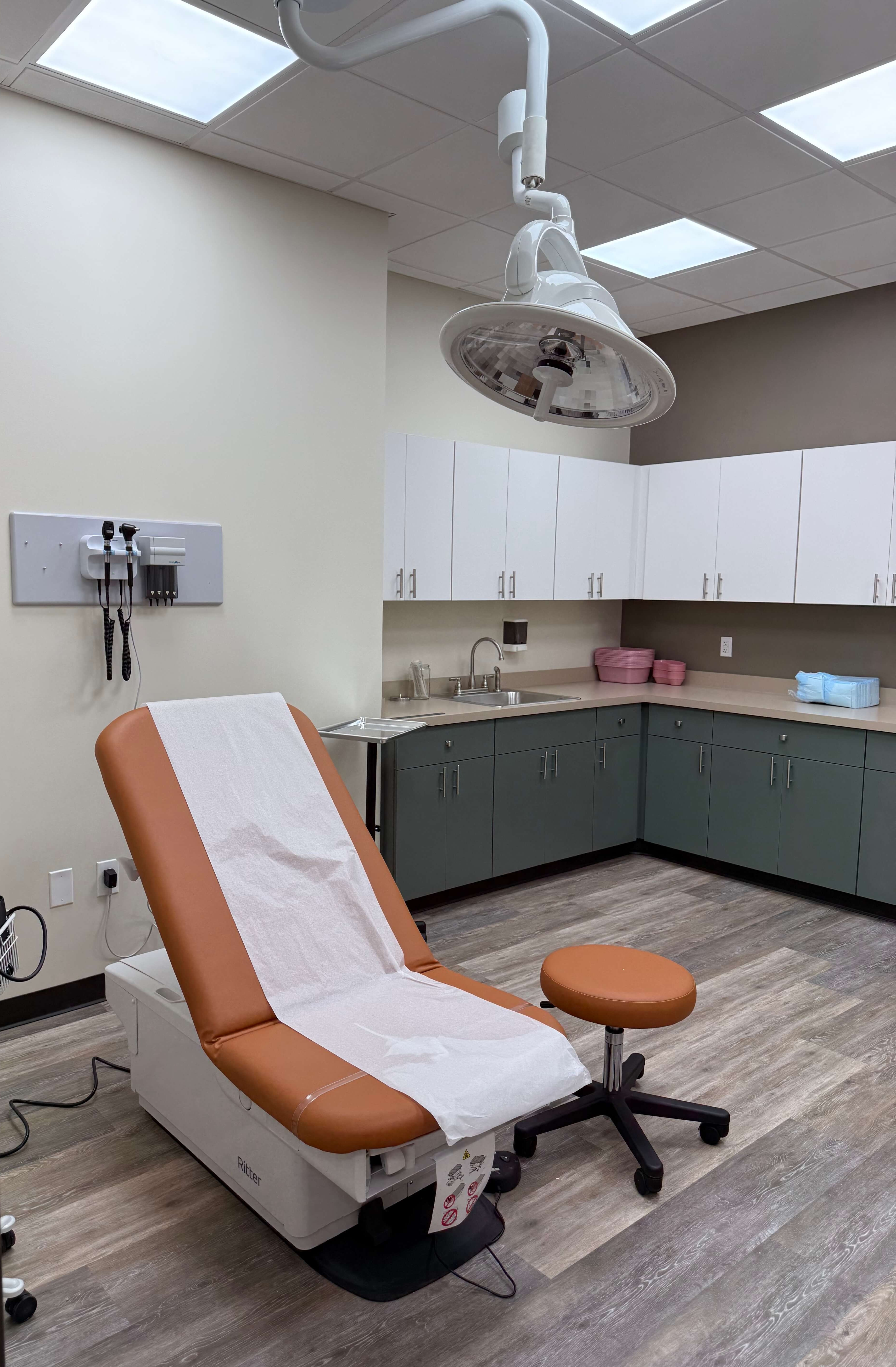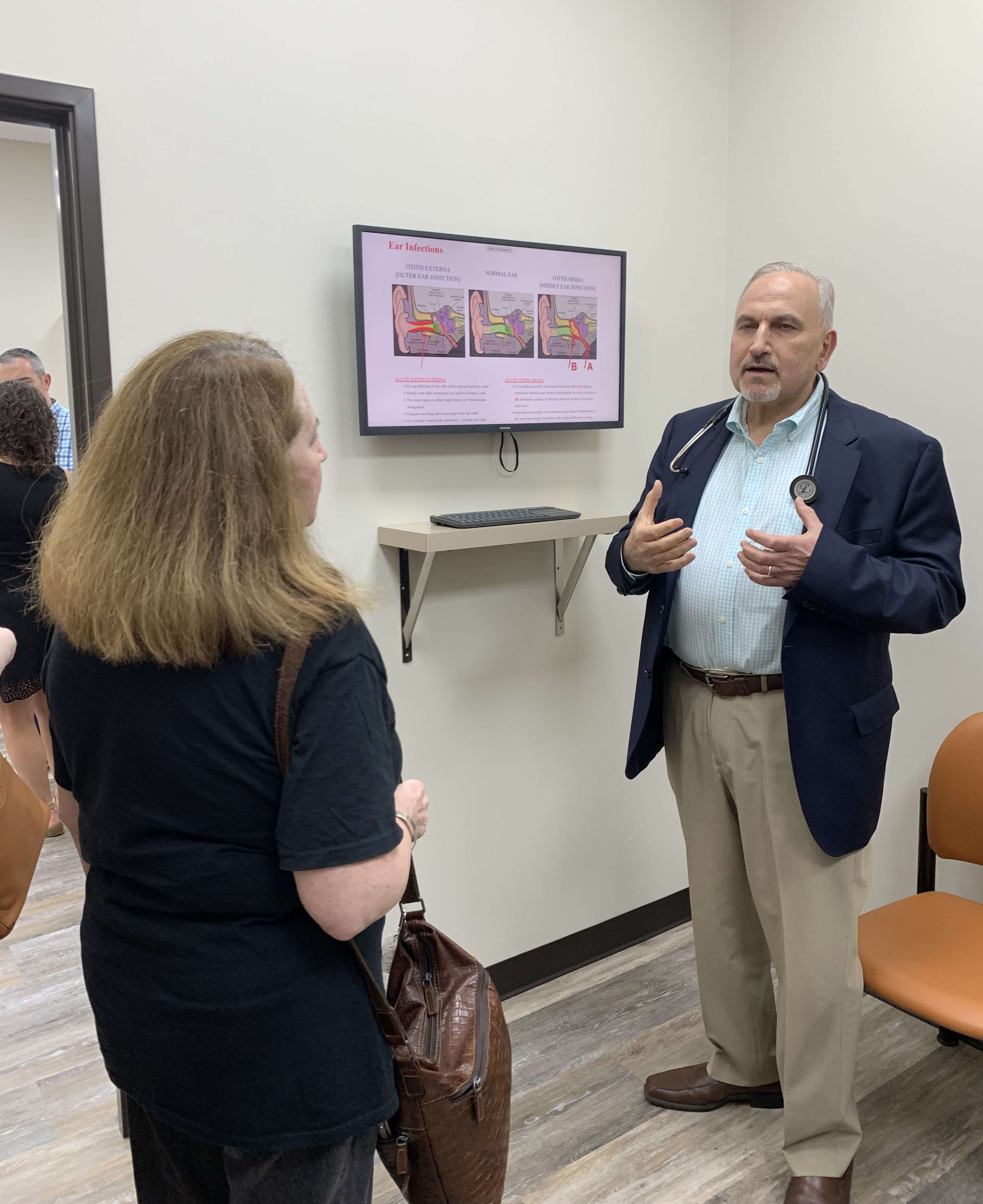
Introduction
In the ever-evolving landscape of healthcare, urgent care centers have become a crucial component of the system, bridging the gap between emergency rooms and primary care providers. At the forefront of this transformation is Dr. Sam Nasry, founder of Medical Care 1 Urgent Care. With over three decades of experience, Dr. Nasry has dedicated his career to improving patient care and experience. This article delves into Dr. Nasry's insights on urgent care, his innovative approaches, and the future of medical services at Medical Care 1.
The Evolution of Medical Care 1
Dr. Sam Nasry's journey into the world of urgent care began with his extensive training and experience in internal medicine and emergency care. "I attended Wayne State University for Internal Medicine Residency Training at Mount Carmel Grace Hospital," he shares. His experience as an ER physician for a decade laid the groundwork for his understanding of urgent care's essential role in the healthcare system.
In 2002, Dr. Nasry established Urgent Care One Group, which expanded to multiple locations before being acquired by Beaumont Urgent Care. In 2022, he launched Medical Care 1 Urgent Care, with clinics in Ypsilanti, Ann Arbor, and Farmington. His mission? To provide a seamless blend of urgent and primary care services that prioritize patient education and efficient care.
Patient-Centric Innovations
At the heart of Medical Care 1's approach is a commitment to patient education and empowerment. "We have an educational website for our staff and patients," Dr. Nasry explains. This unique resource allows patients to access information on common ailments like ear infections or headaches, presented in a user-friendly format with diagrams and colors. This focus on education not only enriches patients' understanding but also enhances their overall experience.
Dr. Nasry emphasizes the importance of affordability and accessibility. "When you come to the clinic, the charge is not going to be more than $100 or $200," he notes, highlighting the economic advantage over emergency room visits. With quick registration and triage processes, patients can expect to be seen promptly, often within 20-30 minutes.

Adapting to Community Needs
Over the years, Dr. Nasry has witnessed significant changes in community healthcare needs, particularly concerning infectious diseases. "The community is adapting and screening patients before they are sent to the emergency room," he observes. This shift underscores the growing reliance on urgent care centers to address minor health issues efficiently.
To ensure swift and thorough care, Medical Care 1 employs electronic health records and streamlined triage processes. "Most average patients without pre-existing conditions, the triage should take no more than five, maximum 10 minutes," Dr. Nasry explains. This efficiency is crucial for busy families seeking quality care without long wait times.
Comprehensive Services for Diverse Needs
Medical Care 1 is equipped to handle a wide range of medical concerns, from respiratory infections to orthopedic injuries. "Seventy to 80% of our patients are cold, sinus infection, ear infection, cough, UTIs, STDs," Dr. Nasry states. The clinic's diagnostic capabilities include rapid tests for COVID-19, flu, strep, and more, ensuring accurate and timely treatment.
For mental health concerns like anxiety and depression, Medical Care 1 offers screening tools and initial medication management. "We can handle most psychiatric conditions, mainly anxiety, depression, post-traumatic stress disorder," Dr. Nasry assures. This holistic approach ensures patients receive comprehensive care for both physical and mental health.
The Future of Urgent Care
Dr. Nasry envisions a future where technology plays a pivotal role in healthcare delivery. With multiple patents for medical self-examination tools, he is pioneering innovations that could revolutionize patient care. "AI is on the rise nowadays. The future is going to be for AI and self-exam sensors," he predicts. This forward-thinking approach positions Medical Care 1 at the cutting edge of medical technology.
Conclusion

Dr. S. Nasry's dedication to transforming urgent care services is evident in every aspect of Medical Care 1. From patient education to technological innovation, his vision is reshaping the healthcare landscape. For those seeking efficient, compassionate care, Medical Care 1 offers a trusted solution. To learn more about their services or find a clinic near you, visit Medical Care 1's website: https://medicalcareone.com/.
In a world where healthcare demands are constantly evolving, Dr. Nasry's commitment to innovation ensures that Medical Care 1 remains a beacon of excellence in urgent care. Whether you're dealing with a sudden illness or seeking preventive care, their team is ready to provide the quality medical attention you deserve.
 Add Row
Add Row  Add
Add 




Write A Comment